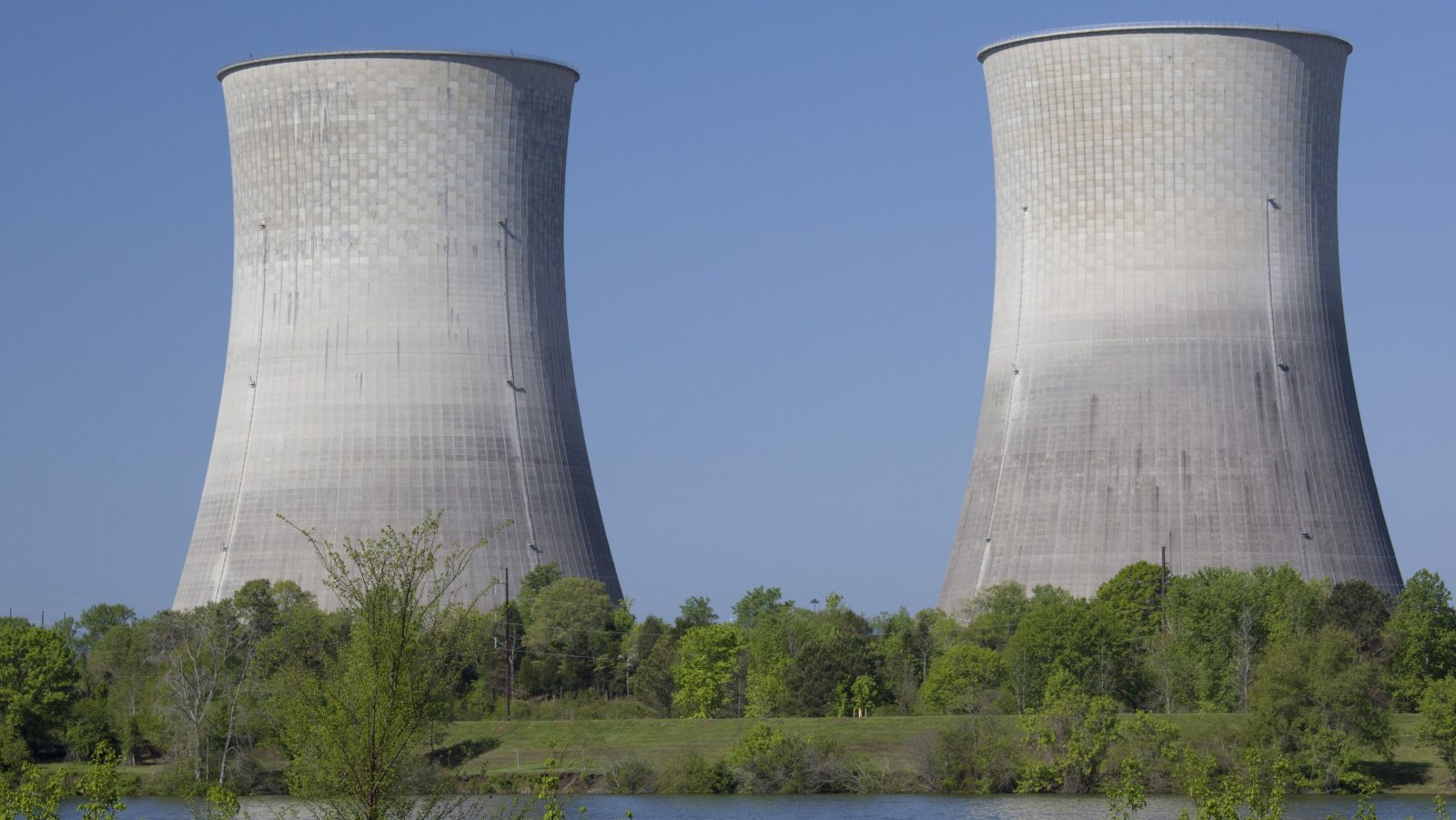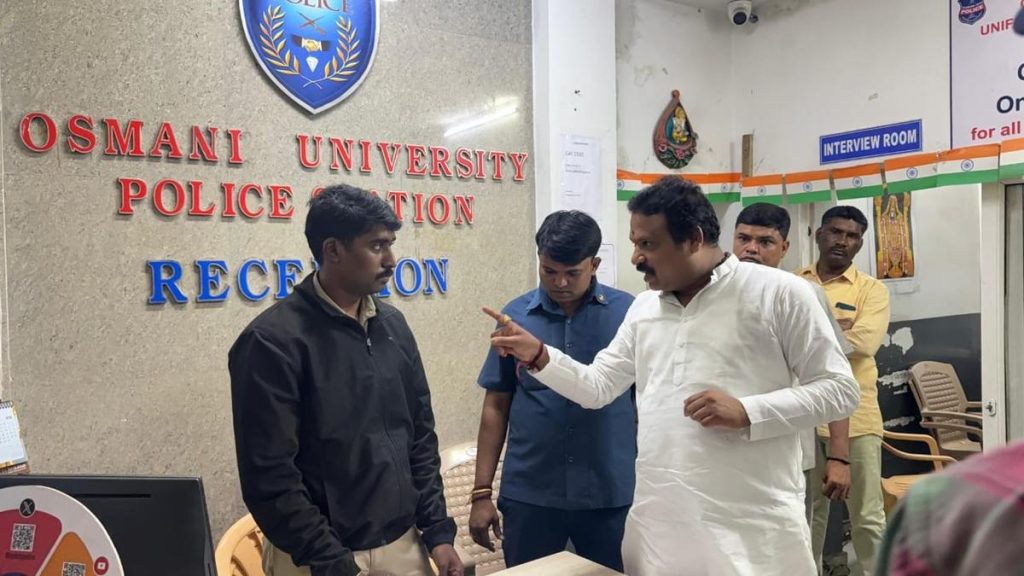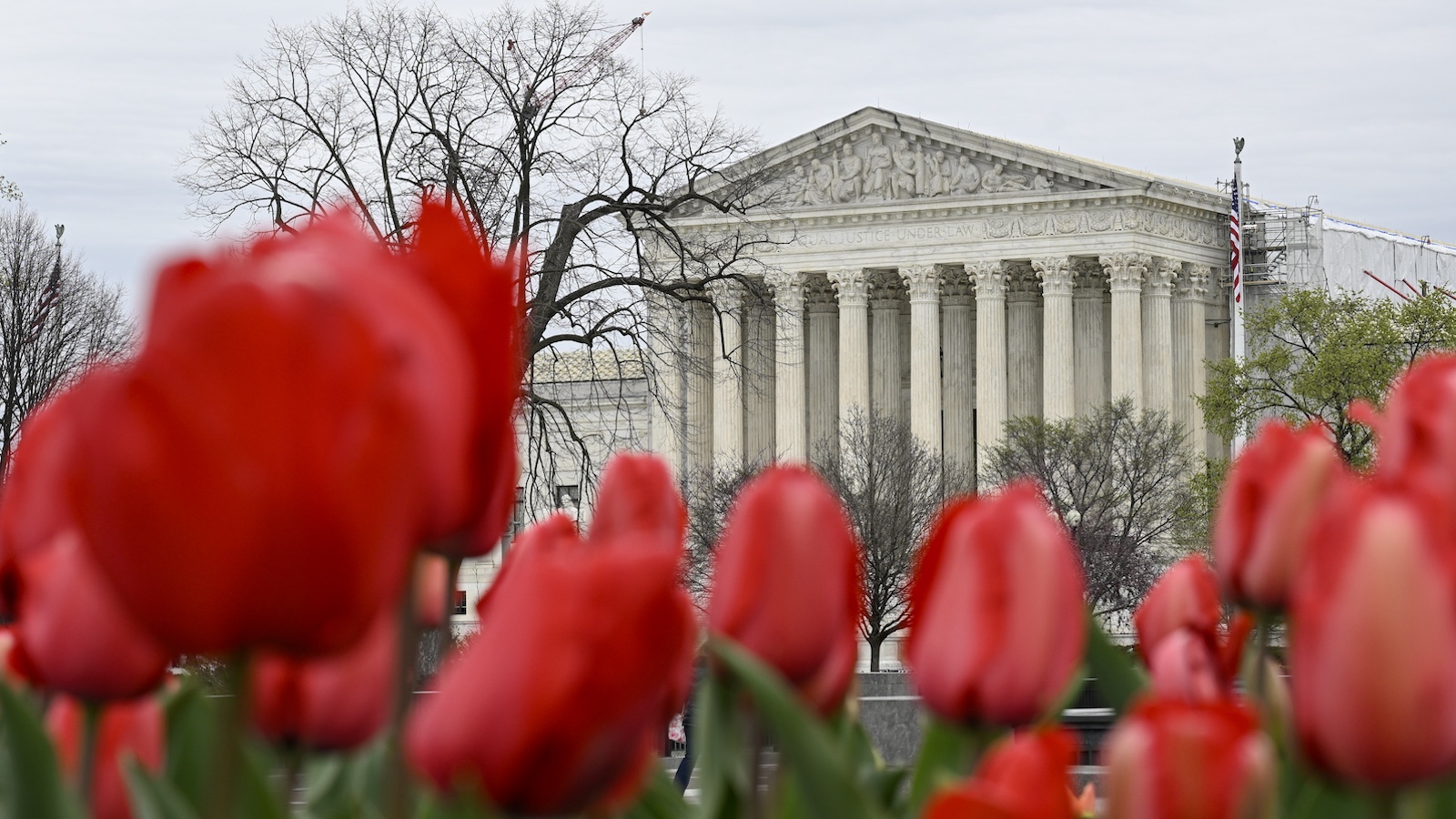Now Reading: Trump Administration’s Actions Raise Doubts Over ‘Nuclear Renaissance’ Vision
-
01
Trump Administration’s Actions Raise Doubts Over ‘Nuclear Renaissance’ Vision
Trump Administration’s Actions Raise Doubts Over ‘Nuclear Renaissance’ Vision

Quick Summary:
- Republican senators Marsha Blackburn and Bill Hagerty called for replacing Tennessee Valley Authority (TVA) leadership, stating it is indeed not equipped to lead AmericaS nuclear energy revival.
- TVA CEO Jeff Lyash announced retirement; board selected Don Moul, former COO, as successor.Senators criticized this appointment.
- President Trump fired two TVA board members shortly after the senators’ op-ed highlighting concerns about nuclear expansion delays due to lack of quorum.
- Historically, TVA has had mixed success with nuclear projects; of 17 planned reactors from the 1960s only seven were completed-three still operate today. Remaining projects left billions in debt.
- High costs and international supply chain complexities make small modular reactor (SMR) development challenging despite potential benefits like lower construction costs compared to traditional plants.
- President Trump’s tariffs may further complicate investment in nuclear infrastructure by increasing costs for materials like steel and deterring private-sector participation.Staffing disruptions at DOE’s Loan Programs Office also pose risks to funding mechanisms for advanced reactors.
Indian Opinion analysis:
The debate surrounding the tennessee Valley Authority’s leadership and the future role of nuclear energy underscores enduring challenges faced by public utilities managing expensive infrastructure transitions. While bipartisan support for expanding SMRs exists due to their promise of safer technology at reduced cost, ancient precedents highlight long delays, high expenses, economic uncertainty, and public resistance as recurring obstacles.
For India-a country pursuing both renewable growth and strategic investments in it’s own nuclear program-the implications lie in understanding how large-scale state-backed initiatives must overcome logistical hurdles like financing gaps or international sourcing dependencies. As India explores advancements such as SMRs under Make-in-India strategies or partnerships with global suppliers, lessons from TVA’s struggles reiterate why precise coordination between regulators, policymakers, utilities stakeholders remains critical.
Ultimately fostering measurable progress could demand balancing clean-energy ambitions through pragmatic phased policies while ensuring stable governance over long-term commitments within domestic frameworks accorded similar constraints affecting U.S entities currently grappling systemic inefficiencies .























